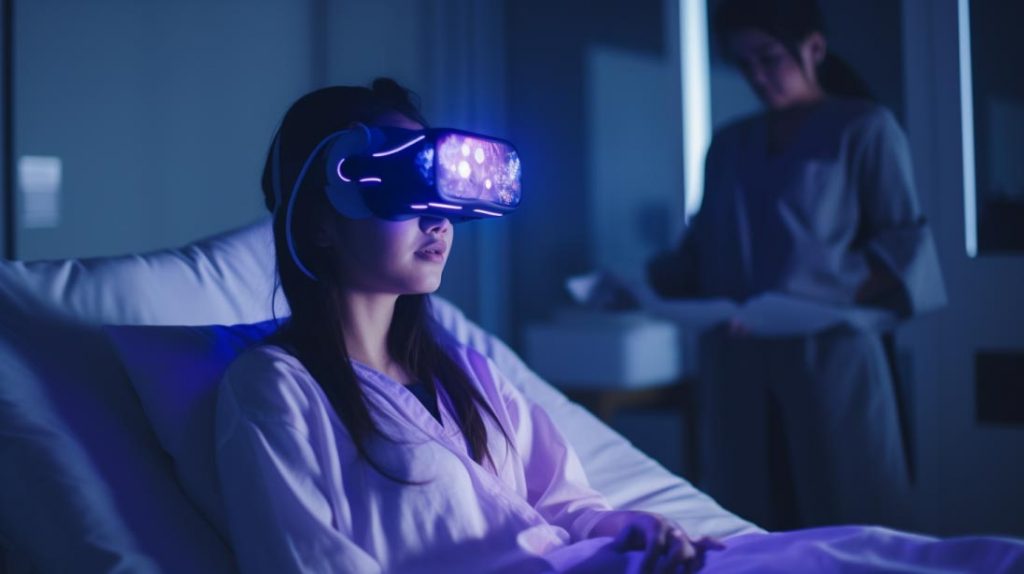
Yo, so there’s this wild thing called the metaverse, right? It’s like a massive virtual universe where you can hang out, play games, and even work. But get this: it’s also being used to help people with mental health issues.
Imagine putting on a VR headset and stepping into a world designed to help you face your fears or practice social situations. Therapists are using virtual reality (VR) to create safe spaces where people can work through stuff like anxiety, PTSD, and phobias. It’s like exposure therapy but in a controlled, virtual environment.
Some studies even suggest that VR can help young people deal with mental health challenges by providing immersive experiences that teach coping skills. It’s like leveling up your mental health game.
But, like, it’s not all sunshine and rainbows. Spending too much time in virtual worlds can mess with your head, making it hard to separate what’s real from what’s not. Plus, there’s a risk of people choosing virtual interactions over real-life connections, which could lead to social isolation.
So, while the metaverse and VR offer some cool new ways to tackle mental health issues, it’s important to use them wisely and not lose touch with the real world. Balance is key, bro.
